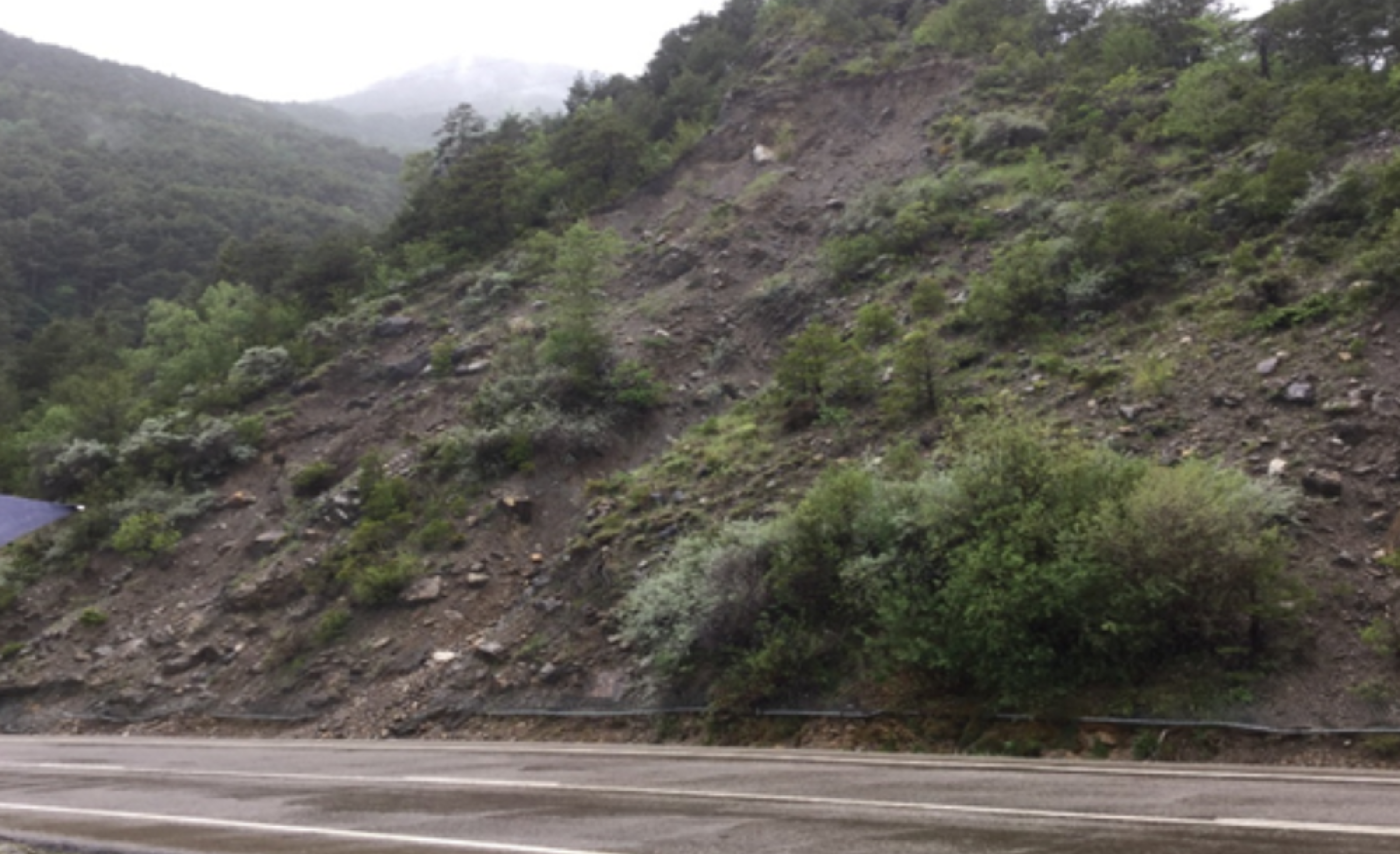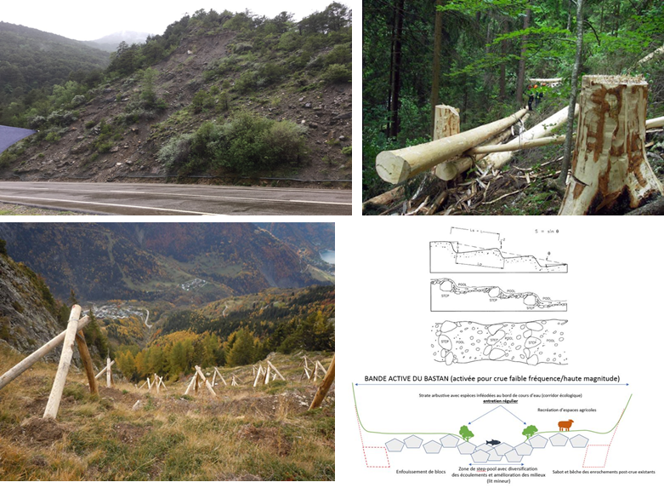Barries in implementing Nature-Based Solutions in Rural Landscapes: experience from PHUSICOS project

A new study conducted by NGI and the partners of the EU-funded project PHUSICOS has identified the barriers experienced in implementing Nature-based solutions for the reduction of hydro-hydrometeorological hazards, such as landslides and floods, in rural landscapes.
The paper presents a selection of NBS that are slated for implementation at several European case study sites within the PHUSICOS project, and identifies and discusses barriers experienced for the practical implementation of the measures.
Case study sites and main hazards
The project includes three large-scale demonstrator sites to demonstrate the functionality of NBS for reducing the risk from natural hazards. The sites are located in the valley of Gudbrandsdalen in Norway, in the Pyrenees of France and Spain and in the Serchio River Basin in Italy. The hazards comprise snow avalanches, landslides, rock fall, flooding and erosion.
For each case study, a proposal of NBS has been submitted to an evaluation process assessing a range of parameters that reflect the requirements of NBS including effectiveness, co-benefits and stakeholder involvement in addition to risk reduction.
Among the measures proposed especially against landslides, snow avalanches, rockfall, and erosion, vegetation represents a key element. A detailed list of NBS interventions approved for the PHUSICOS project comprises:
- A system of vegetated buffer strips along canals to reduce sediments and pollutants runoff.
- Terracing and re-vegetation of a steep slope subjected to erosion problems, including solutions for drainage of the terraces and careful selection of plants to ensure the best-stabilizing properties without introducing alien species.
- Afforestation with selected tree species built under the protection of wooden tripods to stabilize the snowpack and thereby prevent snow avalanche release.
- Forest management and protective installations built of logs of local wood close to the release zone of a rockfall prone area.

Sites and examples of the sites and NBS interventions. Upper left: the till slope in Spain where terracing and re-vegetation has been proposed. Upper right: example of wooden structures to be implemented near release areas for rockfall in France . Lower left: wooden structures similar to those planned for the snow avalanche area, to protect plants until they have a stabilizing effect. Lower right: longitudinal and transverse sections of the intended interventions in a river river (Solheim et al. 2021).

Sketch and example of the vegetated buffer strips being implemented along irrigation canals in Italy (Solheim et al. 2021).
Main barriers encountered
The barriers encountered while implementing the NBS were, among others, lack of political will and long-term commitment, lack of public support, risk aversion and resistance to change (more trust in well-known traditional solutions, even if they have failed previously), uncertainty in NBS functionality and perceived high cost.
A common denominator for the experienced and reported barriers to NBS implementation is a lack of knowledge, particularly regarding the co-benefits of NBS, leading to skepticism.
Ways to overcome these barriers include educational material and meetings with stakeholders and local people to fill knowledge gaps, as well as present relevant success stories of NBS implementation.
Source
The work has been published as part of the Special Issue “Nature-Based Solutions—Concept, Evaluation, and Governance” and is available online:
Open access article: https://www.mdpi.com/2071-1050/13/3/1461
Contact person from PlaNet: Vittoria Capobianco (NGI); vittoria.capobianco@ngi.no